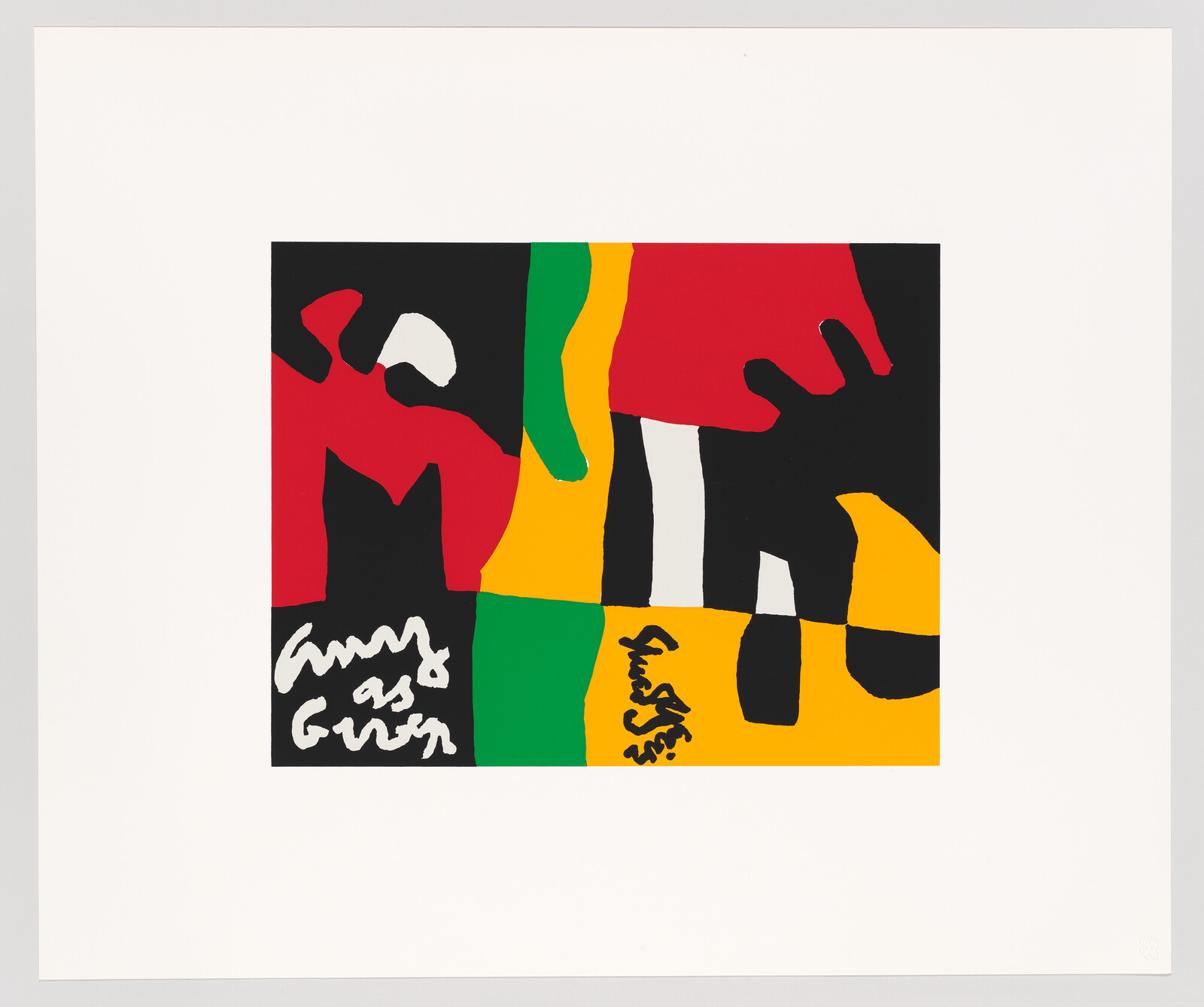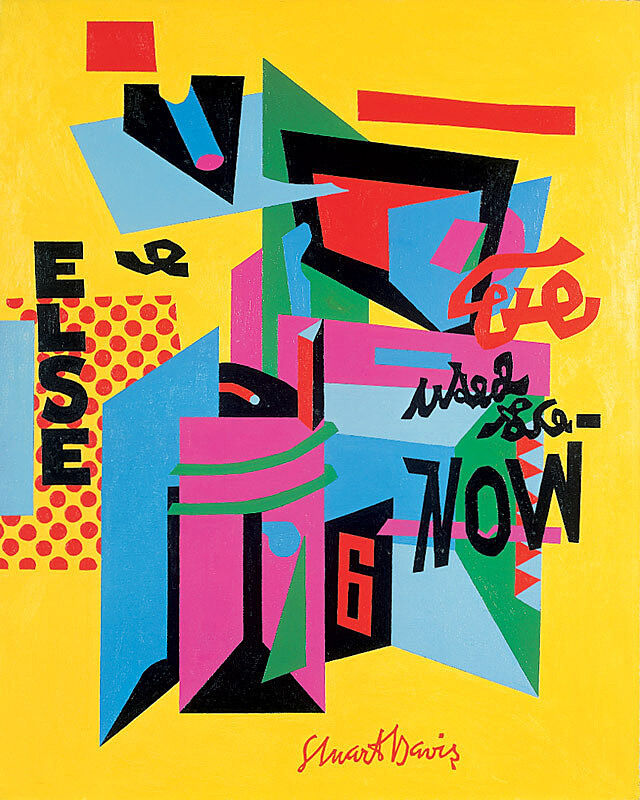Stuart Davis, Lucky Strike, 1924
June 10, 2016
0:00
Stuart Davis, Lucky Strike, 1924
0:00
Narrator: The cigarettes, pipe, matches, and newspaper in this still life all angle subtly away from the picture plane. The resulting space feels very shallow—almost flat, but with just enough sense of depth to create a sense of visual energy. Davis first discovered this kind of space in Cubist works on view at the 1913 Armory Show—the exhibition where most American artists first encountered European Modernism.
Davis spent much of the next decade exploring this visual vocabulary, finally making it his own in the 1920s—in part by focusing on elements of American popular culture, like Lucky Strike cigarettes. And even when he drew on some of the Cubists’ favorite subjects—like the newspaper—Davis gave them his own spin.
Mark Joshua Epstein: We know that Davis worked for a couple of years for a leftwing magazine called The Masses in the early 1910s, and that he was responsible for doing illustrations.
Narrator: Mark Joshua Epstein is a painter and an Educator at the Whitney.
Mark Joshua Epstein: And we also hear that he bristled against having people write captions for his illustrations. So in this painting what’s hilarious to me is that he’s taken on the role of both the illustrator and the caption writer, but the captions have become these abstract brush strokes.


